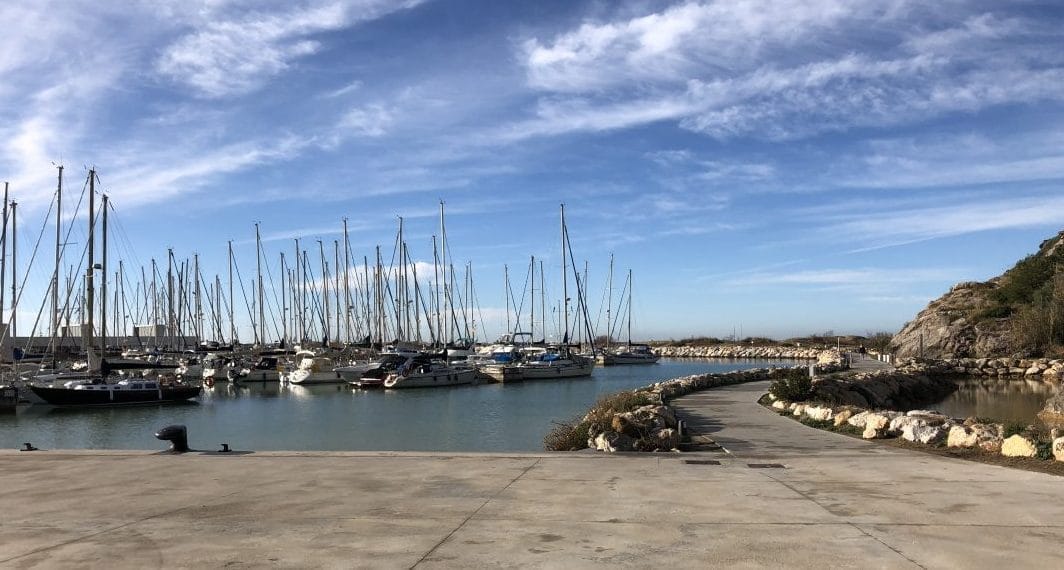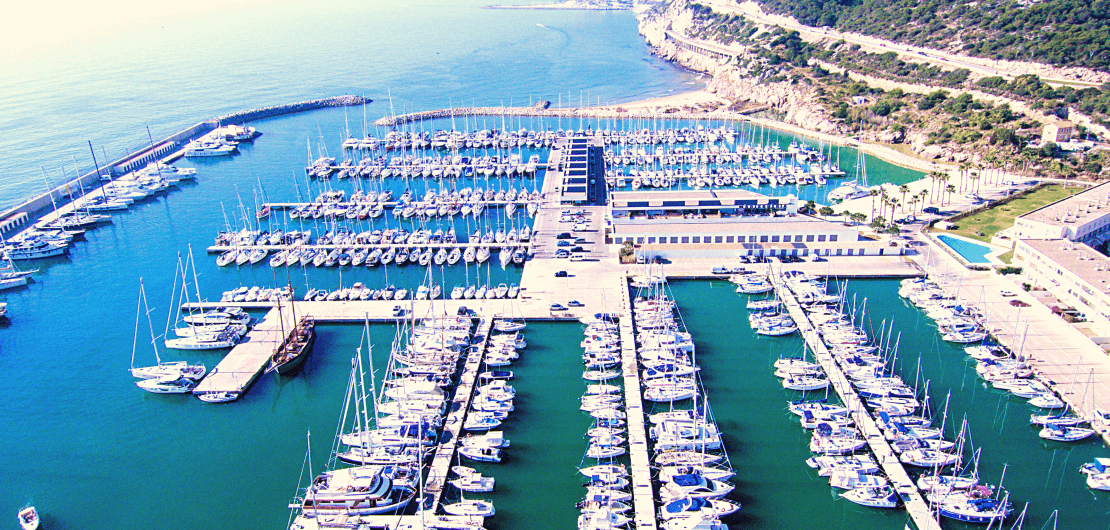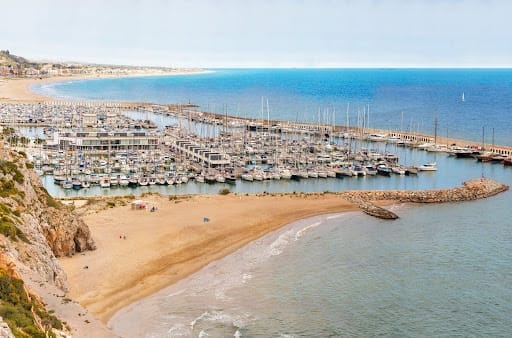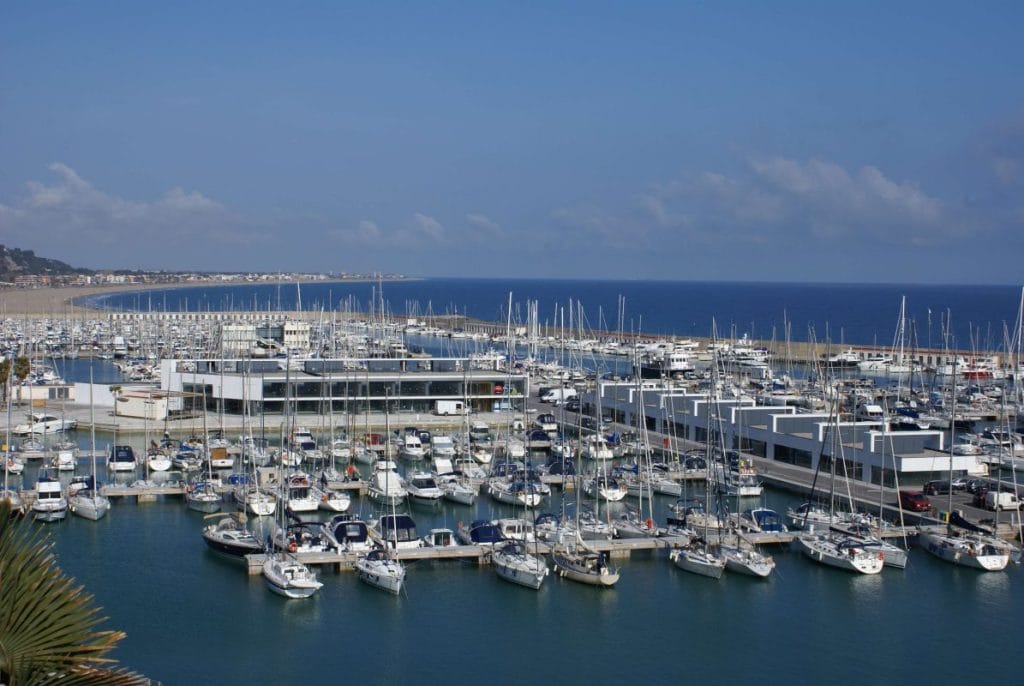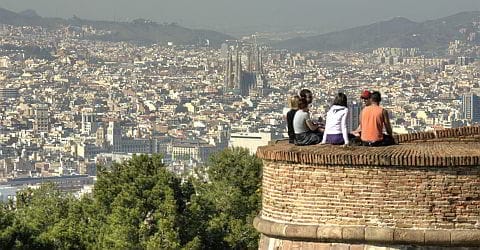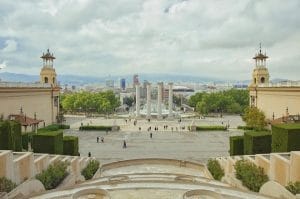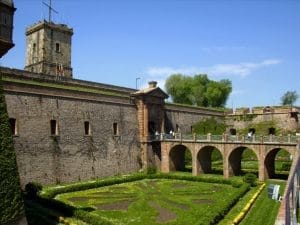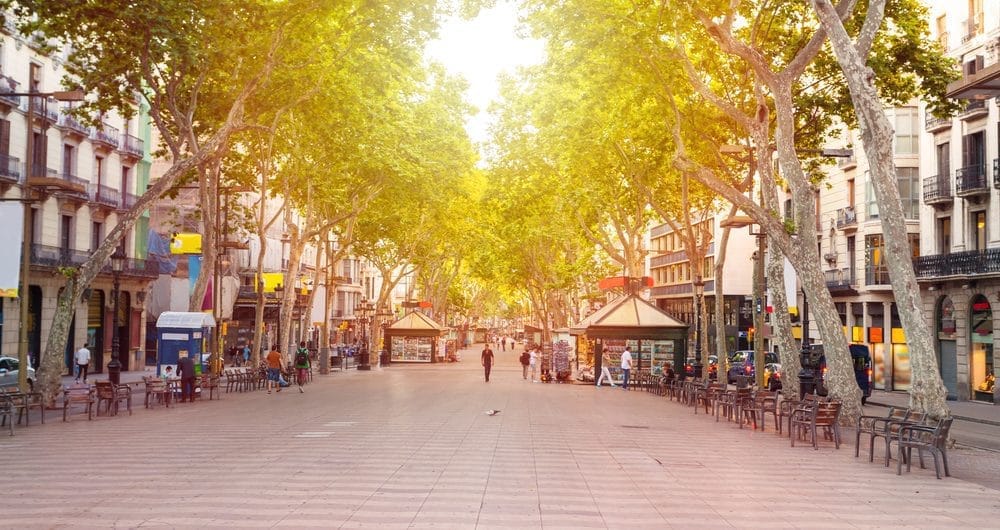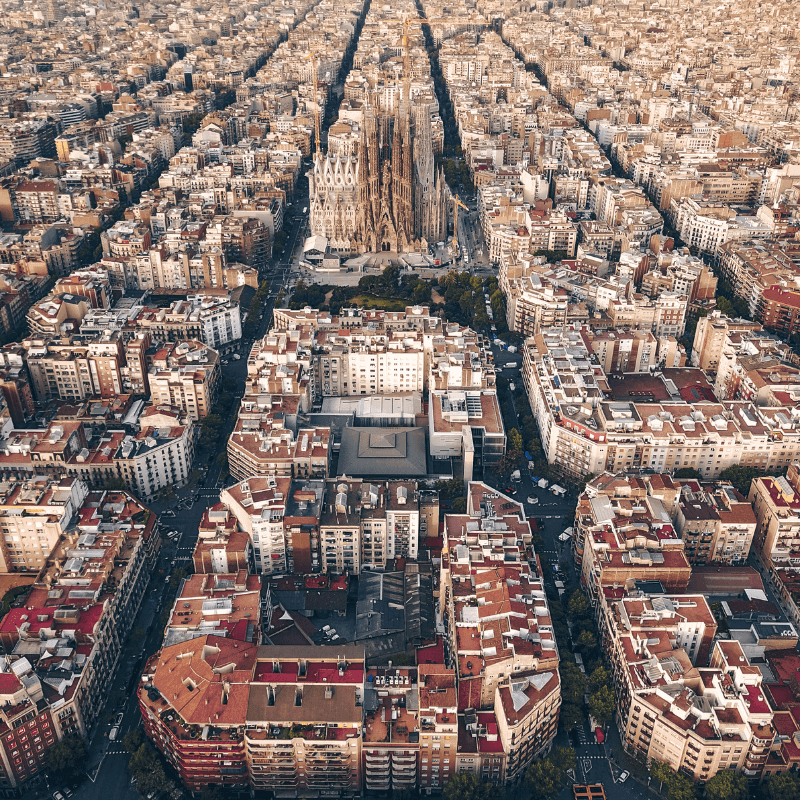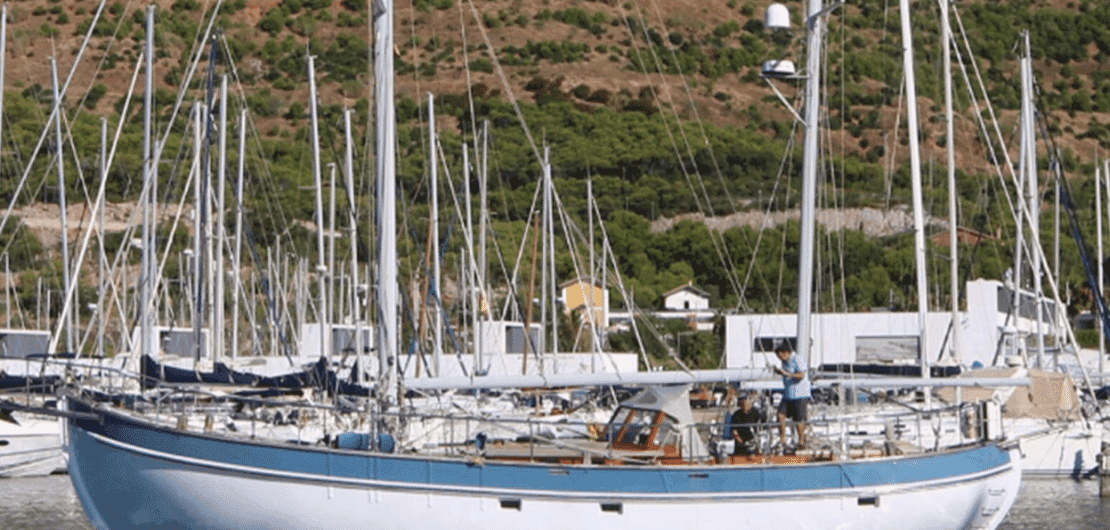 Yacht Brokers
Yacht Brokers
Robert Woodward Senior Yacht Broker
- March 30, 2023July 2, 2023
- by Network BCN
The story of Robert Woodward
- Yacht broker for 25 years
- Ex-Charmain of the Network Yacht Brokers Group
- RYA Yacht Master
Rob sadly left us on 03.03.22 R.i.p.
Robert Woodward Senior Yacht Broker
¨I’m Rob Woodward, I work at Network Yacht Brokers Barcelona. I’d like to talk to you today about becoming Yacht Broker or opening your own brokerage business by joining this Network Your Brokers cooperative. I’m going to explain how by pure chance I got into this amazing industry; perhaps my story will encourage some of you to have a go at fulfilling your dreams of working with boats and yachts. I started sailing in 1976 as a teenager crewing on the Sir Francis Drake, a 72 foot sale training yard owned by the ocean yacht club.
I remember the adventure well, it was Drake’s maiden voyage and without doubt the highlight of that adventure was when we left the shelter of the Island of Man just as we came in the harbour entrance we were unceremoniously knocked flat by a huge gust of wind. No sooner than I glanced around the deck to see my friends dangling helplessly by the safety lines that beautiful yacht picked herself up and raced to Holyhead in just a few short hours. What an introduction to sailing that was and it’s fair to say that the thrill of that adventure spurred me on to even greater sailing adventures over the following 40 odd years.
It wasn’t until 1995 that I started sailing seriously. I quickly became determined to get every RYA qualification possible. In 1998 I began working for Conwy school of yachting as a yacht master instructor. I remember the pay was rubbish but I do recall with great fondness dashing to North Wales at weekends to meet each new crew then heading off to sea for them for a weekend or five days adventure.
At the time I had a reasonably young family was lucky that my wife enjoyed the paycheck as much as my company at home. Things worked very well for a few years as I developed my sailing skills around the coast of the Irish Sea as I became even more hooked on a life by the sea, I convinced my wife to sell everything and move to Wales. We sold our home our businesses Stockport Cheshire and even put our boat on the market to raise a little extra cash.
The first summer slipped by; as I recall, it was Christmas we were in the pub with our friends enjoying the same school. I got talking to the local network your broker; one conversation led to another when he asked ¨would you be interested in buying the yacht brokerage business from me?¨ The following day I went to the brokers office in Conwy Marina and passed over a check for the agreed amount, it was that fast.
Passed the deal was sharing network yacht brokers; at the time I didn’t attach any great value to this but then I didn’t know anything about becoming a Yacht Broker. My mind was already set and developing a decent marine engineering service for Conwy marine. I thought the brokerage would be a sideline that might add a little to our engineering service; how wrong I was.
The first week of owning the brokerage business we sold our first motor boat. Comparing to engine compartments this was very easy, that was a great business. By 2007 our branch of Network Yacht Brokers had become a multi million pound company. It’s fair to say that considerable amounts of that business revolved around new boat sales; however we would not have been able to develop new boat sales had we not first established a solid brokerage.
Due to the banking crash in 2008 new boat sales were swept off a cliff with most of the marine industry although the brokerage business in Conway acted as a parachute for us enabling a somewhat softer landing when we hit rock bottom. In 2012 the network yacht broker group chairman retired, I was asked to pick up the baton promising to grow the group. In 2016 I accepted an offer for my brokerage business in North Wales. The great thing was that the buyers wanted to stay in our network group. This sale allowed me once again to make a significant lifestyle change and move to Barcelona in Spain.
In early 2017 I opened a new Network Yacht Brokers office in Port Ginesta, Barcelona. Thanks to the dedication from my work colleague Chiara, we built a new brokerage business and already have a solid foundation to build on for the future. That’s my story so far.
Let’s talk about how you can start in this industry; the good news is you don’t need any sailing qualifications perhaps you’ve simply owned a boat for a few years and want a lifestyle change, you’re the type of person who find it easy to become a yacht broker. We’ve developed a step-by-step strategy that will ease you into our industry our three-step policy revolves around online coaching while working with you to build a portfolio of boats you can sell.¨

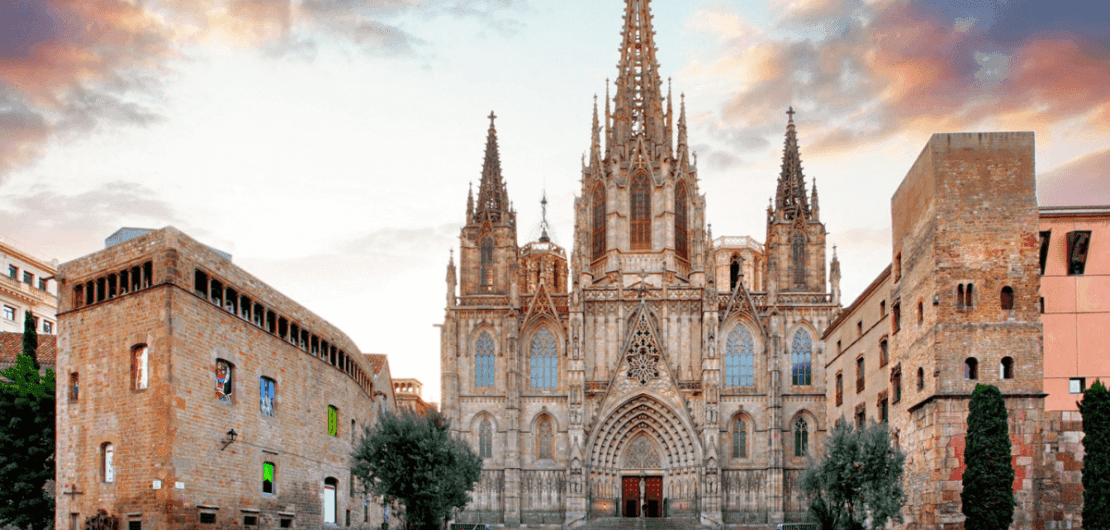
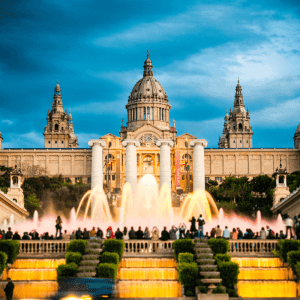
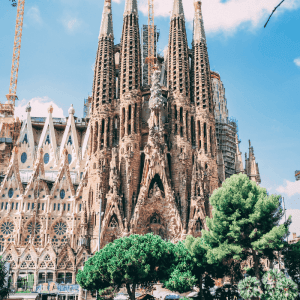
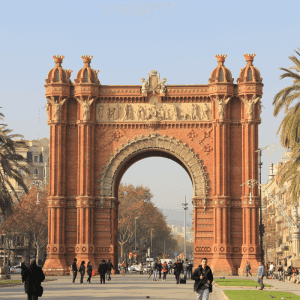
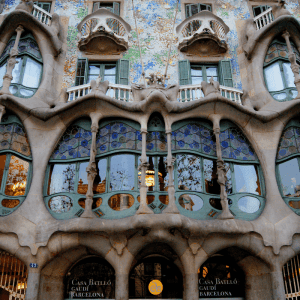
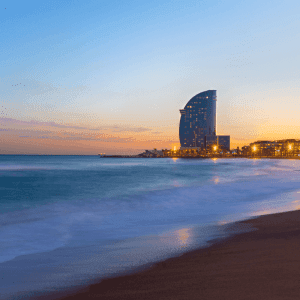
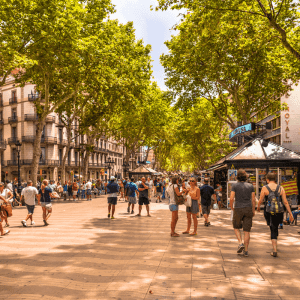
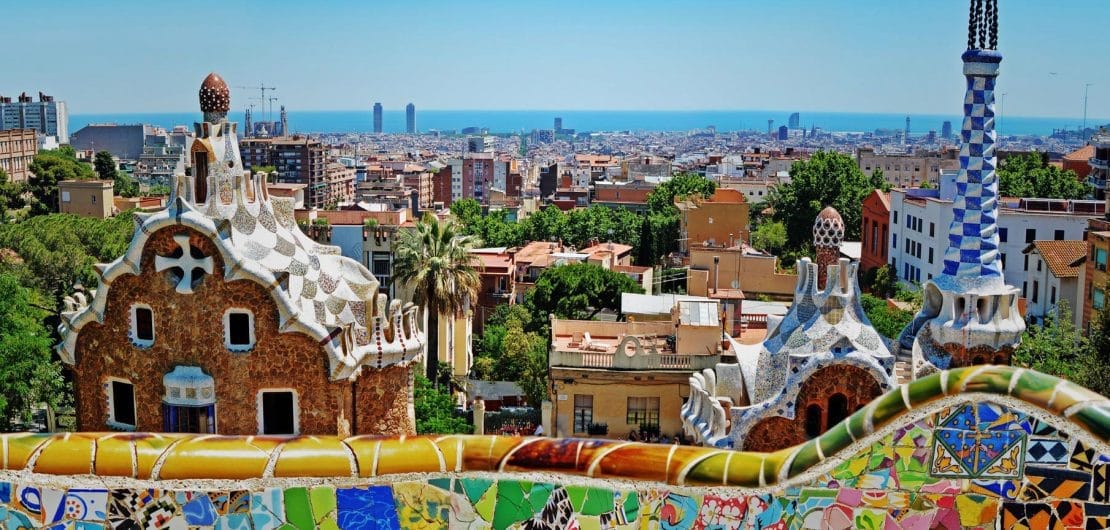
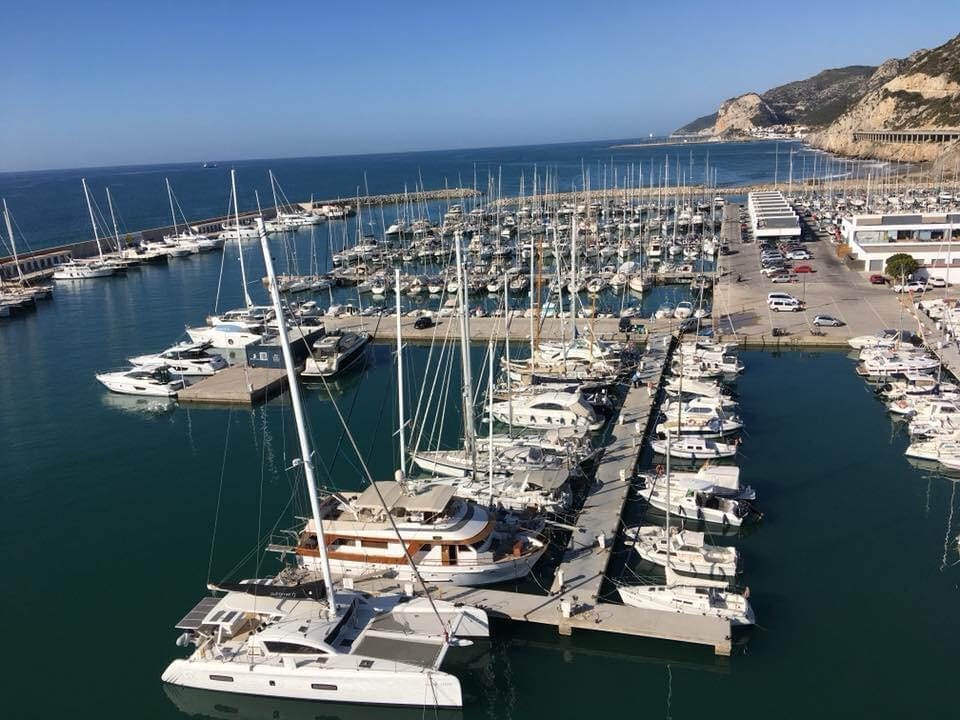
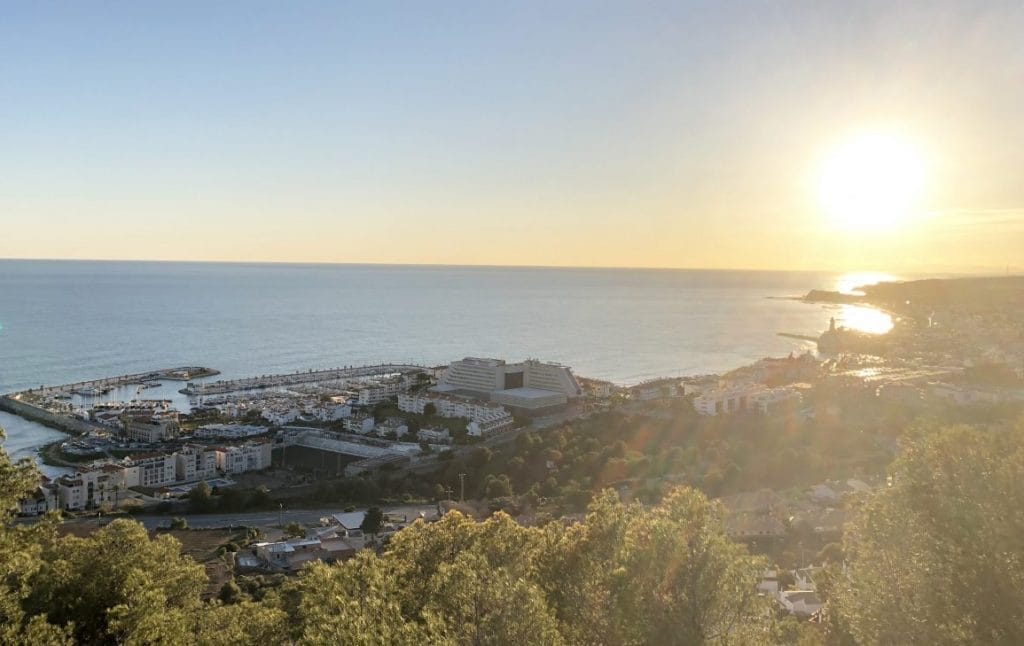
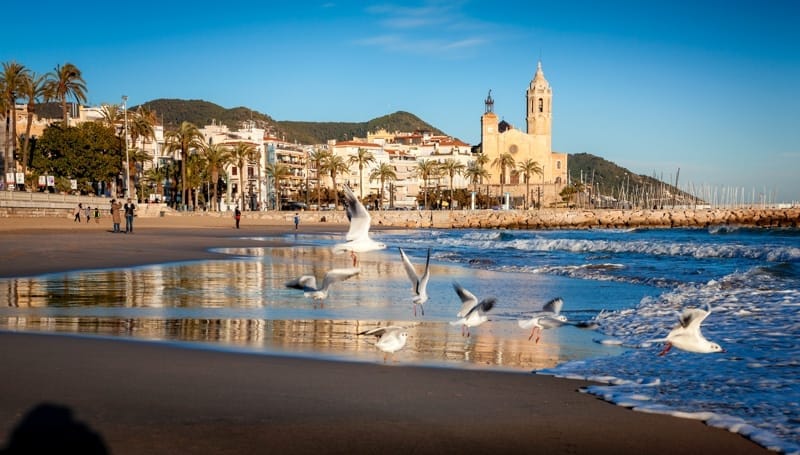
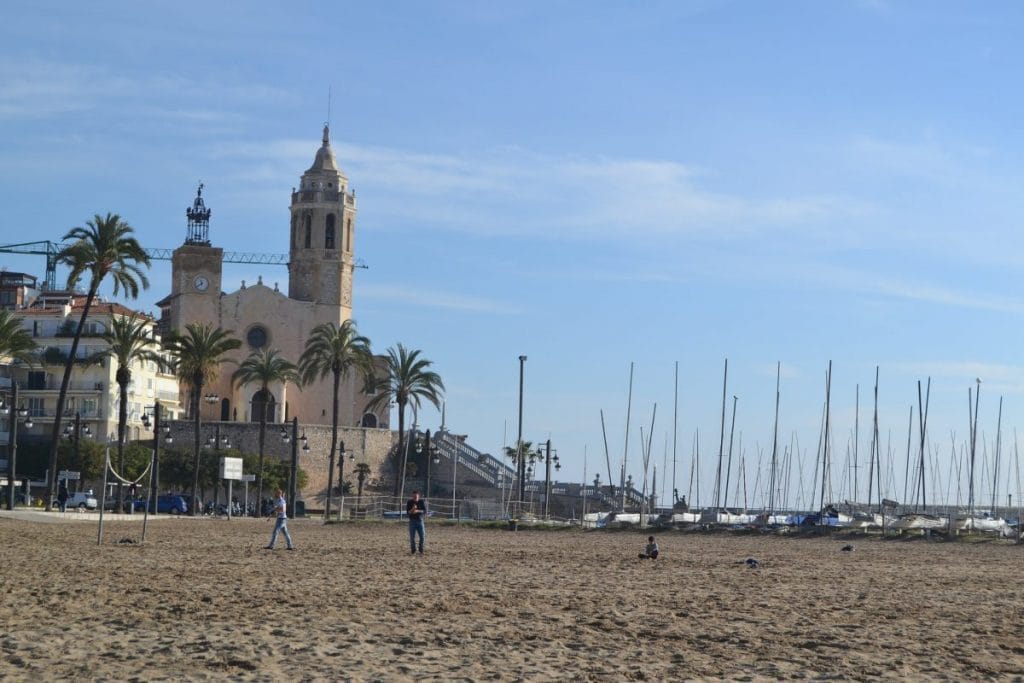
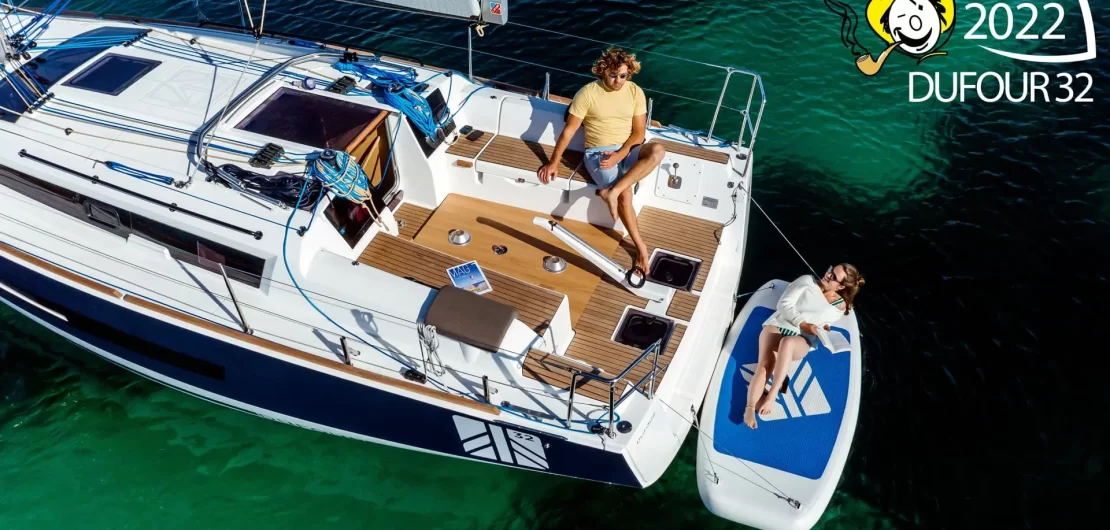


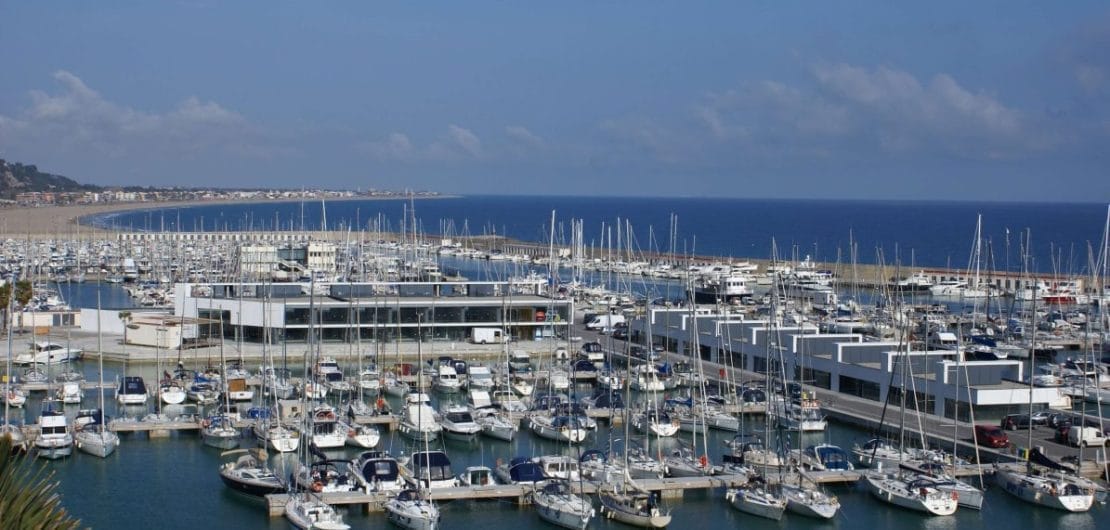
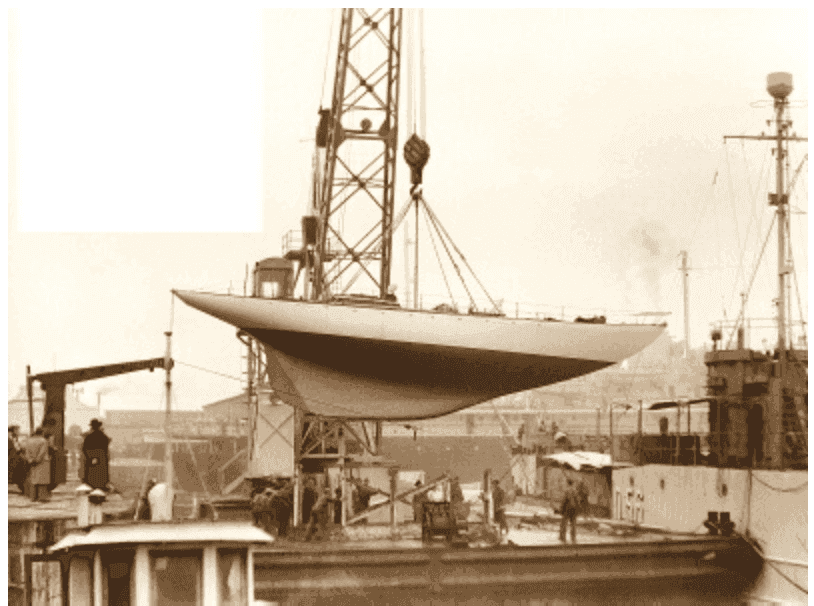 2018 painting booth improvements
2018 painting booth improvements